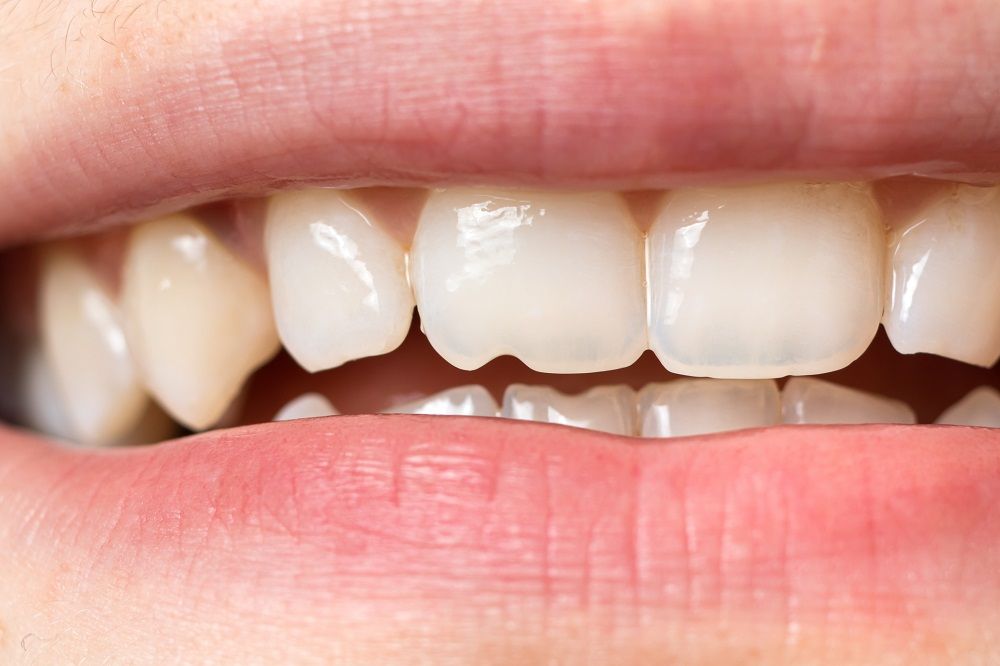Your teeth have a hard, strong outer layer called enamel that serves to shield the more sensitive interior of the teeth. While durable, the enamel can erode over time, often due to substances you might consume such as sugary or acidic foods and beverages.
This will leave the interior of your teeth exposed and at risk of cavities and other dental concerns. Once gone, the enamel will not regrow on its own. So you should take care to avoid this damage to your dental structure.
You can better stop this dental damage and prevent it when you recognize the symptoms of enamel loss. Plus, if you can identify this dental issue, you can seek treatment from your dentist promptly to avoid further harm. Read on to learn details about three signs that your smile might suffer from enamel erosion.

Tooth Sensitivity
Dentin, the layer of your tooth beneath the enamel, contains nerves. When enamel erosion exposes dentin, foods and other stimuli can touch these nerves. This action sends pain signals to your brain. Though the pain fades when you remove the stimulus, it can feel excruciating.
This tooth sensitivity is one recognizable symptom of enamel erosion. Even if you think you can tolerate this pain, you should not ignore it because it signifies structural problems with your tooth. Plus, you might develop other oral health issues if you alter your eating and chewing habits when trying to avoid hurting this tooth.
Tooth Discoloration
Enamel erosion can cause dental discoloration in your smile in multiple ways. For instance, this weakening of your teeth will put you at a greater risk of accruing dark tooth stains from certain substances that you consume. You might also notice yellowing due to lost enamel exposing the darker-colored underlying dentin.
You might see a translucent effect at the edges of your teeth due to thinned enamel in this area of your smile. See-through teeth will therefore also point to dental erosion.
This dental damage can cause demineralization of your teeth as well, a phenomenon in which you see a decline in calcium that makes up your enamel. As a result, you can form white, creamy spots on the weakened part of your tooth. You will need to visit your dentist to fix cosmetic dental damage along with eroded enamel.
Changes in Tooth Shape
If you notice that you more easily develop cracks or chips in your teeth, you might suffer from enamel erosion. Because your teeth are weaker, you could face a greater danger of breaking a tooth. This injury can disrupt the look of your smile, but it will also increase your risk of further dental complications.
Your teeth might also wear down in shape if you have damaged enamel. This can result in a jagged appearance at the edge of your teeth rather than a smooth finish. Visit your dentist to treat enamel erosion and to find advice to prevent it and preserve your dental health.
